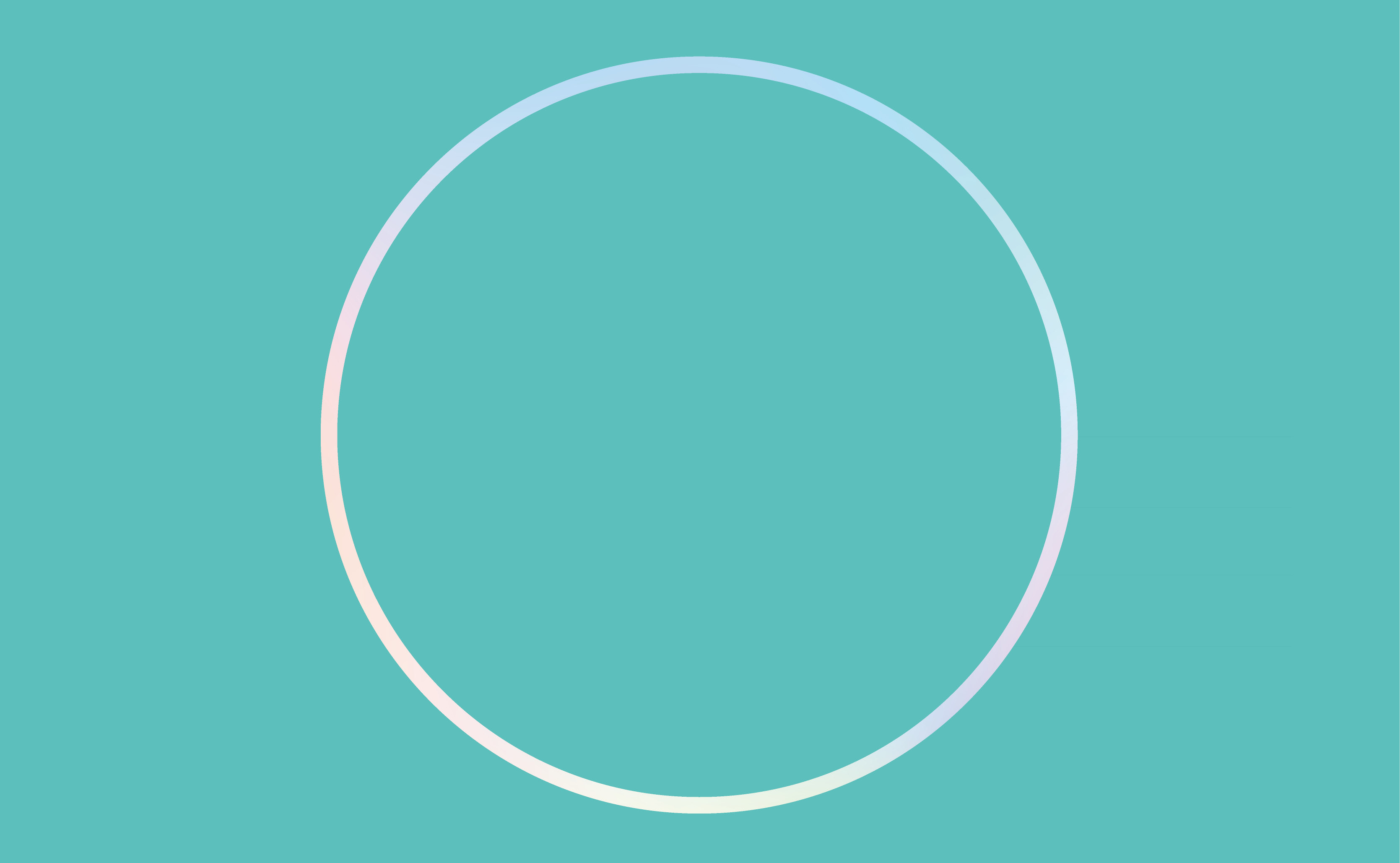Faint Signs
Masako Tanaka, Independent Curator
While jewelry has resiliently retained some aspects of its identity and role for years, it has gradually evolved in its definition over time. From the emergence of modern jewellery in the late 19th century to challenging the roles and value standards of traditional jewellery, there has been a shift towards reexamining jewellery itself, creating works that unsettle the frameworks and values of conventional society. Flowing within this significant transition, jewellery that distinguishes itself from traditional forms is labeled as "Contemporary Jewellery."
The term "Contemporary" is inherently linked to a pursuit of novelty. Today, several decades after the acceptance and enthusiasm for "Contemporary jewellery" in Japan, it is not surprising that young artists feel a sense of impatience with the stagnation of the genre. However, by the end of the 20th century, even in the art world, "avant-garde" had ceased to function. Post the dismantling of everything, art seemed to lose its centripetal force. Conversely, after dismantling, expressions that were previously peripheral―such as those of regions, genres, and genders―have become more visible, and boundaries between domains have blurred. This trend is not necessarily unfavorable for jewellery.
What is "Contemporary jewellery"? What does the term "contemporary" encompass? Answering these questions is not easy, but it is not about emphasizing novelty, breaking away from the long history of jewellery, or highlighting differences with "other" jewellery. It refers to multiple "present locations" in the ongoing networked process, not confined to a single closed realm, constantly moving and connecting with society and other realms.
The gathered jewellery here indicates one of those "present locations." This exhibition is the second call for entries following CJST's inaugural open project "Pendant" in 2021. Whether pendants or rings, among the myriad of jewellery items, rings are the most conventional. However, the works in this "Ring" exhibition suggest communication, gestures born from wearing jewellery, and the kinetic nature of jewellery. This is a notable difference from the previous "Pendant" exhibition, which featured works primarily focused on the creator's inner world or pieces evoking the texture and tactile sensations of materials. We find ourselves in a world that has begun to move again after a prolonged pandemic period.
For example, works that embody the simple and primal impulse humans have had since childhood to wrap things around their fingers, pieces that create a "void" by the owner piercing holes, rings that assume functionality through the wearer's intention―these unexpected applications of traditional Japanese craftsmanship such as cloisonné, and various works generating communication and movement, all evoke the nature of jewellery worn on the most articulate parts of the body. Works that seamlessly combine conceptual and messaging elements with form, emphasizing expression possible only through a "Ring" and not through other jewellery or mediums, are valued. Of course, there are also works with visual (“aesthetic”) intensity and allure, occasionally overshadowing the concepts or contextual aspects. A sincere awareness of issues grounded in the world, avoiding easy alignment with major keywords in contemporary art like "ecology," "feminism," or "diversity" etc. reaffirms that jewellery is intricately connected to our bodies, minds, and society. This has always been the power of jewellery.
The era of linear "evolution" may have ended, but in a more diverse world, different changes might occur, or perhaps they are already underway. The definition of jewellery is deeply intertwined not just with who made it but also with the people who view, wear, and appreciate it. To not overlook these ambiguous and faint signs, we must continue to observe attentively.
微かな兆候
田中雅子/インディペンデントキュレーター
ジュエリーは、長年に渡って変わらないアイデンティティや役割を保持しつつも、時代とともに少しずつ定義を変節している。世紀末から20世紀にかけて、モダン・ジュエリーの登場を経て、伝統的なジュエリーの役割や価値基準を超えて、ジュエリーそのものを問い直す作品だけでなく、従来の社会の枠組や価値観を揺さぶるような作品が生まれた。この大きな転換期を流れを組むジュエリーが、伝統的なジュエリーと区別して「コンテンポラリージュエリー」と呼ばれている。
「コンテンポラリー」と冠するものには、常に目新しさへの志向がつきまとう。日本における「コンテンポラリー・ジュエリー」の受容と熱狂からすでに数十年経つ今日、若き作り手たちが業界全体の停滞に焦燥感を覚えたとしても無理はない。しかしすでに20世紀の終わりにはアートの世界でもすでに「前衛主義」は機能しなくなった。ジュエリーに限らず、あらゆるものが解体されたあとのアートは求心力を喪失したかのように見える。一方で、それまで周縁的とされてきた地域やジャンル、ジェンダーの表現にかつてないほど可視化され、領域間の境界が曖昧になっていることは、ジュエリーにとって不利な潮流ではない。
「コンテンポラリー・ジュエリー」とは何か。この言葉に含まれる「現在」とは何か。この永遠の問いに答えるは容易ではないが、少なくとも斬新さや、ジュエリーの永い歴史と決裂したり、「その他」のジュエリーとの差異を強調することではない。それがひとつの閉じた領域ではなく、社会や他の表現領域と接続しながら絶えず動き続けるネットワーク的なプロセスにおける複数の「現在地」を指していることは確かだ。
ここに集ったジュエリーは、その一つの「現在地」を示している。本展は2021年に行われたCJST初の公募プロジェクト「ペンダント」に続いて2回目の公募展である。ペンダントにしてもリングにしても、数あるジュエリーのなかで最もオーソドックスなアイテムである。ところが今回の「リング」の作品には、ジュエリーを身につけることで生まれるコミュニケーションや身振り、ジュエリーそのもののキネティックな性質を示唆する作品が多く見られた。これは、作り手の内面的な世界で完結する作品や、素材の質感や触感を想起させる作品が多かった前回の「ペンダント」の時と、大きく異なる点だ。私たちは長いパンデミックの期間を経て、ふたたび動きだした世界にいる。
たとえば身の回りのものを指に巻きつけてみる、という幼い頃から人間が持っている素朴で根源的な衝動をかたちにしたもの、作品に所有者が穴を開けることによって、指輪の機能性を負う「空洞(void)」を生むーー自らの意思によって初めて完成する指輪、七宝など伝統的な日本の工芸の技巧を思いがけない造形に応用した作品、そしてコミュニケーションや動きを生み出す作品の数々は、身体の末端にあって最も雄弁な部分につけるジュエリーとしての性質を思い起こさせるものであった。コンセプトやメッセージ性とかたちが違和感なく共存している作品、他のジュエリーや表現媒体ではなく「リング」でなければ表現しえない作品が重視された。もちろんときにコンセプトや文脈を圧倒するほどの視覚的(造形的)な強度や魅力を持つ作品もある。今日アートの世界で散見される「キーワード」に安易に回収されることのない、地に足のついた誠実な問題意識や世界のとらえ方は、あらためてジュエリーが、私たちの身体や精神、そして社会と分かち難く結びついていることを実感させる。それは「コンテンポラリー・ジュエリー」に限らずジュエリーそのものの持つ力ではなかったか。
一つの方向に進む「進化」は終焉したのかもしれないが、より多元的になった世界で別の変化が起こるかもしれないし、もうすでに起っているのかもしれない。ジュエリーの定義には誰が何を作ったかだけではなく、どのような人々がそのジュエリーを見て身に付け、評価したのかが深く関わっている。その曖昧で微かな兆候を見逃さないように、私たちは注視し続ける必要がある。
